Energized Door Panels
Pierced and carved, these panels add punch to any piece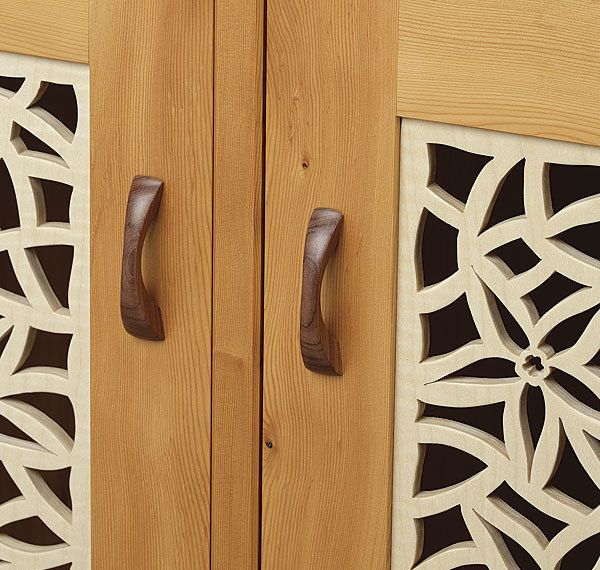
Synopsis: Tim Coleman has long admired openwork, such as the pierce-carved screens and panels used in Asian and Middle Eastern architecture. When he began using it in his own designs, he started small, incorporating it in the lids of small boxes. Then he brought it into his furniture on a larger scale. To create strong panels, he makes his own plywood. To create strong designs, he sketches and sketches, erases and erases, and resketches until he gets something he likes.
I have always loved the piercecarved screens and panels in Asian and Middle Eastern architecture and interior design. I’m fascinated with their interplay of positive and negative elements and how the panels have substance yet allow light and air to pass right through. I first explored openwork myself on the lids of some small boxes. Then I got a commission for a low cabinet and decided to see what I could do on a larger scale. To create panels with the look of solid wood but the strength to be pierced with so much scrollsawing, I make my own plywood. I glue up layers of shopsawn veneer, turning the grain direction 90° in alternate layers. For the panels in this cabinet I chose a light-colored wood, English sycamore, knowing that this would create a dramatic contrast when the cutout shapes were viewed against the dark interior of the cabinet.
Some openwork patterns I’ve seen are based on repeating geometric shapes, while others are random and organic. With this new cabinet, I was interested in exploring floral motifs. Not specific plants, necessarily, but the abstract patterns that emerge when flowers, foliage, light, and shadow come together. I developed the pattern with full-size drawings, first scattering a repeated flower design across the expanse, then filling in the remaining space with a matrix of connecting shapes. I wanted the floral elements to be recognizable but not dominant; the challenge was to create a pattern that was random and energetic without feeling chaotic. I spent many hours in the drawing phase—doing as much erasing as drawing. To better see the pattern as it emerged, I darkened the areas that would be cut away.
I gave the cabinet itself a simple, geometric shape so the panels could shine without competition from the overall form. Digging through my piles of wood, I unearthed some lovely yew veneer. It had yew’s characteristic blend of dark, scattered knots with fine grain swirling around them, a combination of wild and refined that suited this piece.
For the full article, download the PDF below:
Fine Woodworking Recommended Products

Whiteside 9500 Solid Brass Router Inlay Router Bit Set

Bahco 6-Inch Card Scraper
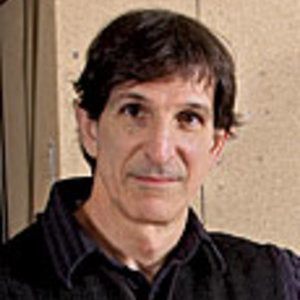




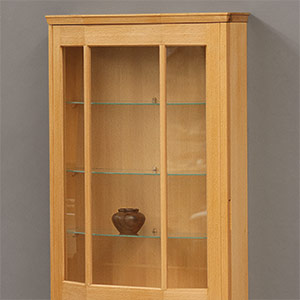
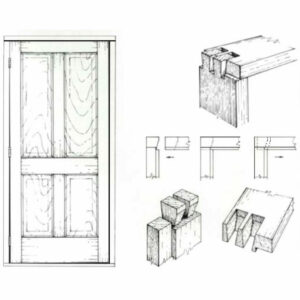






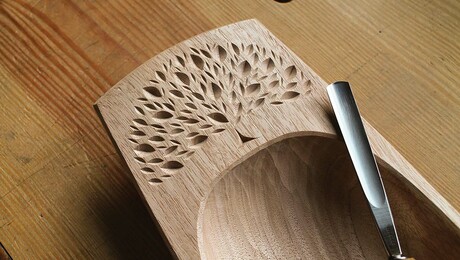








Comments
Beautiful!
Log in or create an account to post a comment.
Sign up Log in